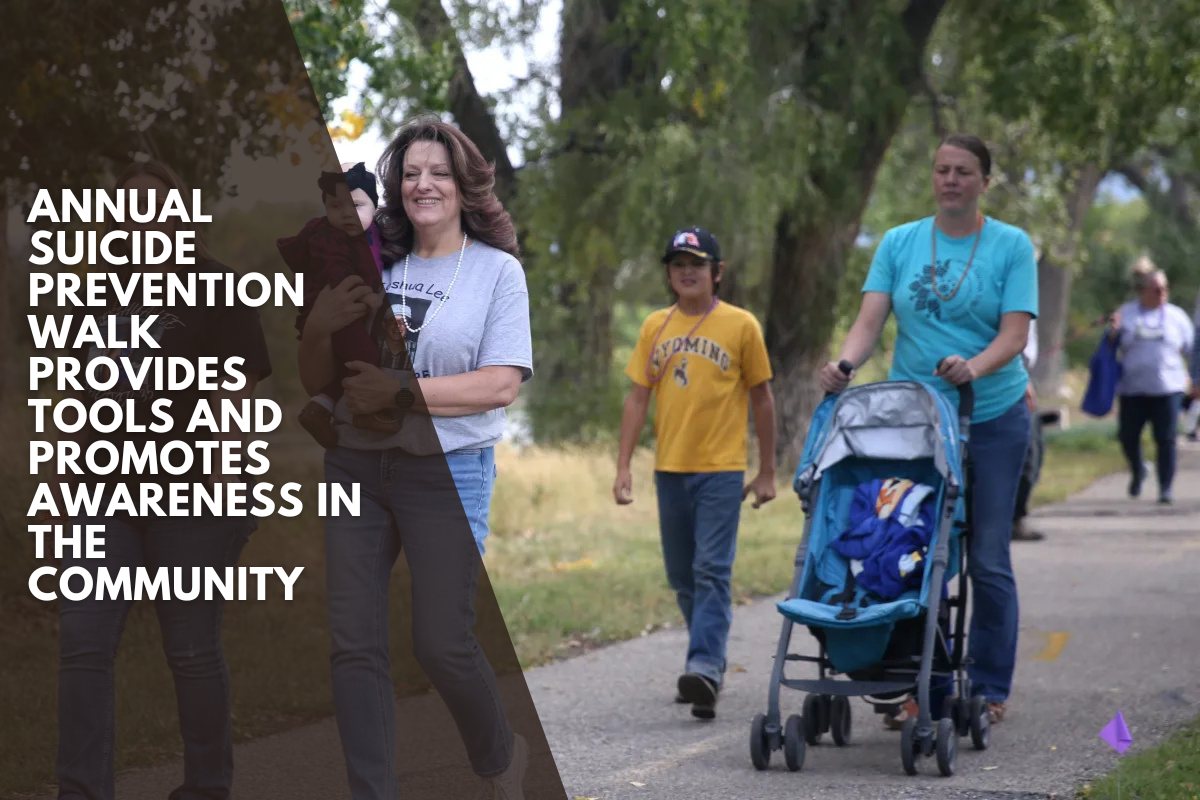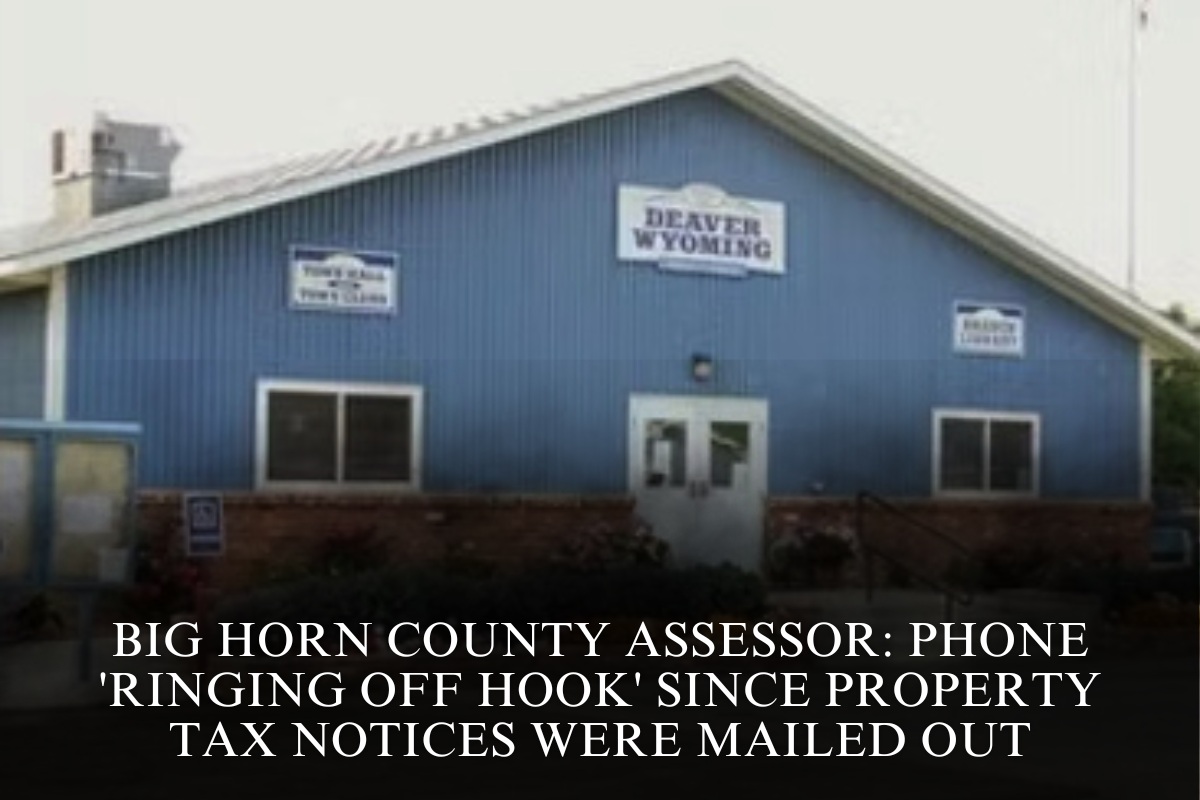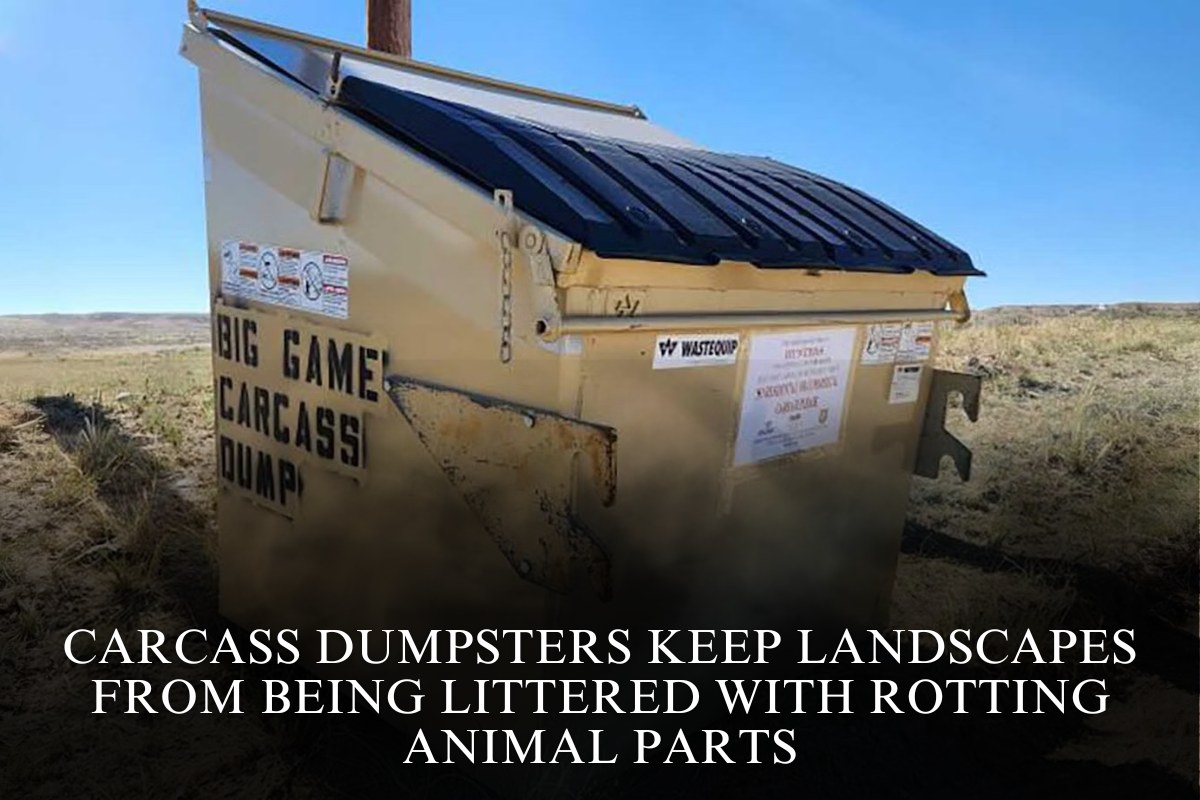CASPER, Wyo. — At Saturday’s annual Breaking the Silence Suicide Prevention Walk, hundreds of individuals demonstrated community solidarity while receiving a range of mental health resources.
Wyoming is infamous for having one of the highest suicide rates in the country, with the most recent data indicating that only Alaska and Montana had higher rates. Locally, Natrona County Coroner Jim Whipps reported one of the highest rates in the state.
“That’s why things like this are so important,” said Whipps, who is also the president of the Natrona County Suicide Prevention Task Force. “It’s dire.”
In addition to multiple mental health community partners in attendance, this year’s walk saw the dedication of two benches at Crossroads Park in memory of Tasia Naegle’s father.
Naegle worked with the task force and the Casper Rotary Club to install the benches. The benches are inscribed with the phone number of the suicide prevention hotline, and Naegle noted that they will soon be inscribed with a QR code guiding people to local resources, both for persons battling with suicidal ideation and those affected by suicide.
“Weeks and months after his passing, I found myself searching for resources, for community, for anything that could help me make sense of my grief,” she told me. “That search sparked a desire to establish something permanent: a place of remembering for everyone affected by suicide. In similar spirit, the memorial bench project was created.
So far this year, Natrona County has had 16 suicides. According to Whipps, this number is down from 32 suicides in 2024. The highest year on record was 2021, with 33 suicides in the county.
“Sixteen is still way too high, but we aren’t going to hit 32 this year with only a few months left,” Whipps informed the crowd. “This one country is among the worst in the world. “It has been a long struggle.”
Whipps explained that, while many people believe suicide is solely a mental health issue, it is actually influenced by social issues.
“All of the upstream social determinants of health are at the root of this. Whipps mentioned finances, housing, healthcare access, and relationships. “All those diverse bubbles outside of mental health are the problem, and mental health conditions are frequently a contributing factor.
“I probably wouldn’t want to say it, but if our numbers are consistently high, it’s probably because our community health isn’t as good as it needs to be.”
Whipps stated that the local task force, which was inspired by a similar initiative in Laramie County, is in the early stages of analyzing the community’s suicide cases to identify the most common reasons and contributing factors.
According to Whipps, Laramie County’s task force identified a specific community with an unusually high suicide rate; after making a determined effort to increase resources in the neighborhood, the task force witnessed a significant decrease in the incidence.
“Looking at the data and homing in on which bubbles really need our help is what we need to do, too,” according to Whipps.












